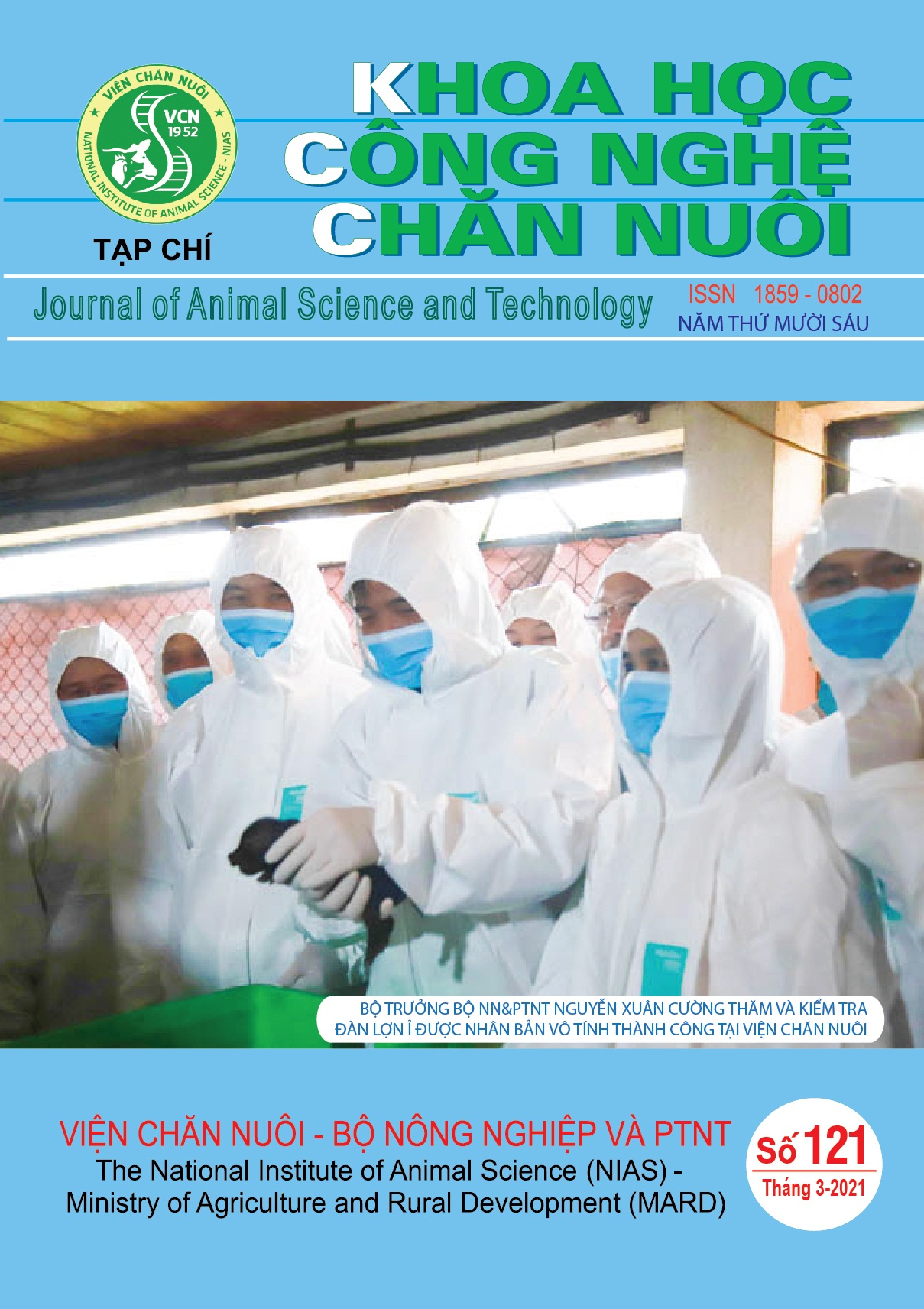The prevalence of canine gastrointestinal nematodes and anthelmintics efficacy in Tra Vinh province
The prevalence of gastrointestinal nematodes and anthelmintics efficacy in dogs were carried out in Tra Vinh City, Chau Thanh and Duyen Hai districts of Tra Vinh province from 01 September 2019 to 15 December 2020. The percentage of gastrointestinal nematodes infection of dogs from 540 fecal samples was amount of 68.3% by using floatation technique. The classification and identification results of these helminth eggs by using classical parasitological techniques presented that the primary parasites in those locations of this study were Toxocara canis (61.1 %), Ancylostoma caninum (53.5%), and Trichocephalus vulpis (40.2%). In addition, the infection rate of these worms was parallel increase in the age of dogs, and it depended on the feeding methods with 63.0% for semi-grazing and 73.7% for free-roaming models. Moreover, by the necropsied method of 270 canine gastrointestinal tract samples, the infection of these parasites in dogs was 80.7% and the main five species were found including Ancylostoma caninum (65.9%), Toxocara canis (64.1%), Trichocephalus vulpis (53,7%), Ancylostoma brazilliense (15.2%), and Spirocerca lupi (11.9%). The infection results in this method were also parallel rise in the age of animals, and the proportion of these nematodes infection in semi-grazing dogs and free-roaming dogs were 75.6% and 85.9%, respectively. To deworm these parasites, Levamisole (75mg/20kg body weight) and Bivermectin 0.1% (1ml/3kg body weight) were injected subcutaneously. The results showed that these anthelmintic drugs could exclude the egg of these worms after 10 days of deworming and these drugs were safe and have no side effects during treating.

